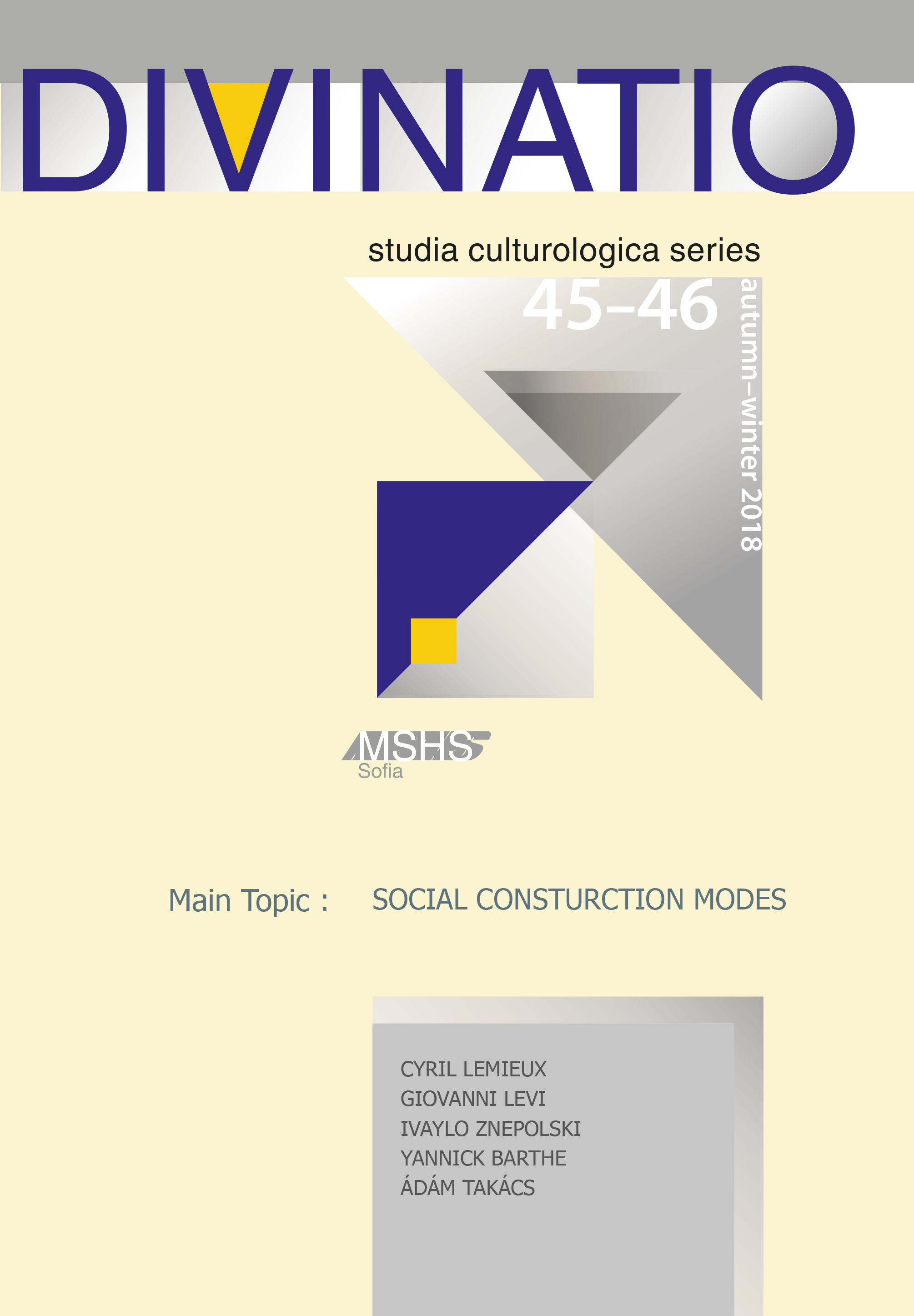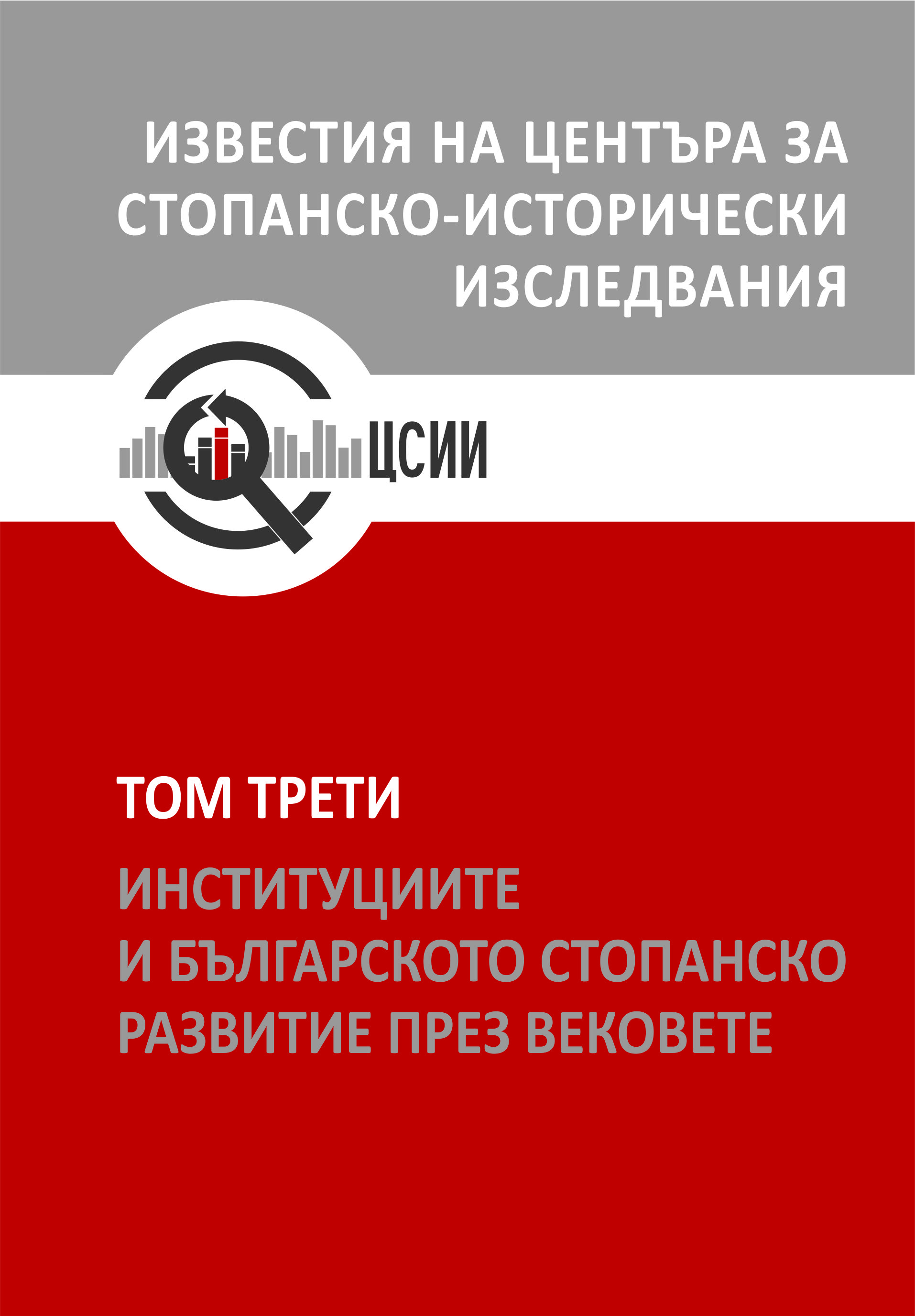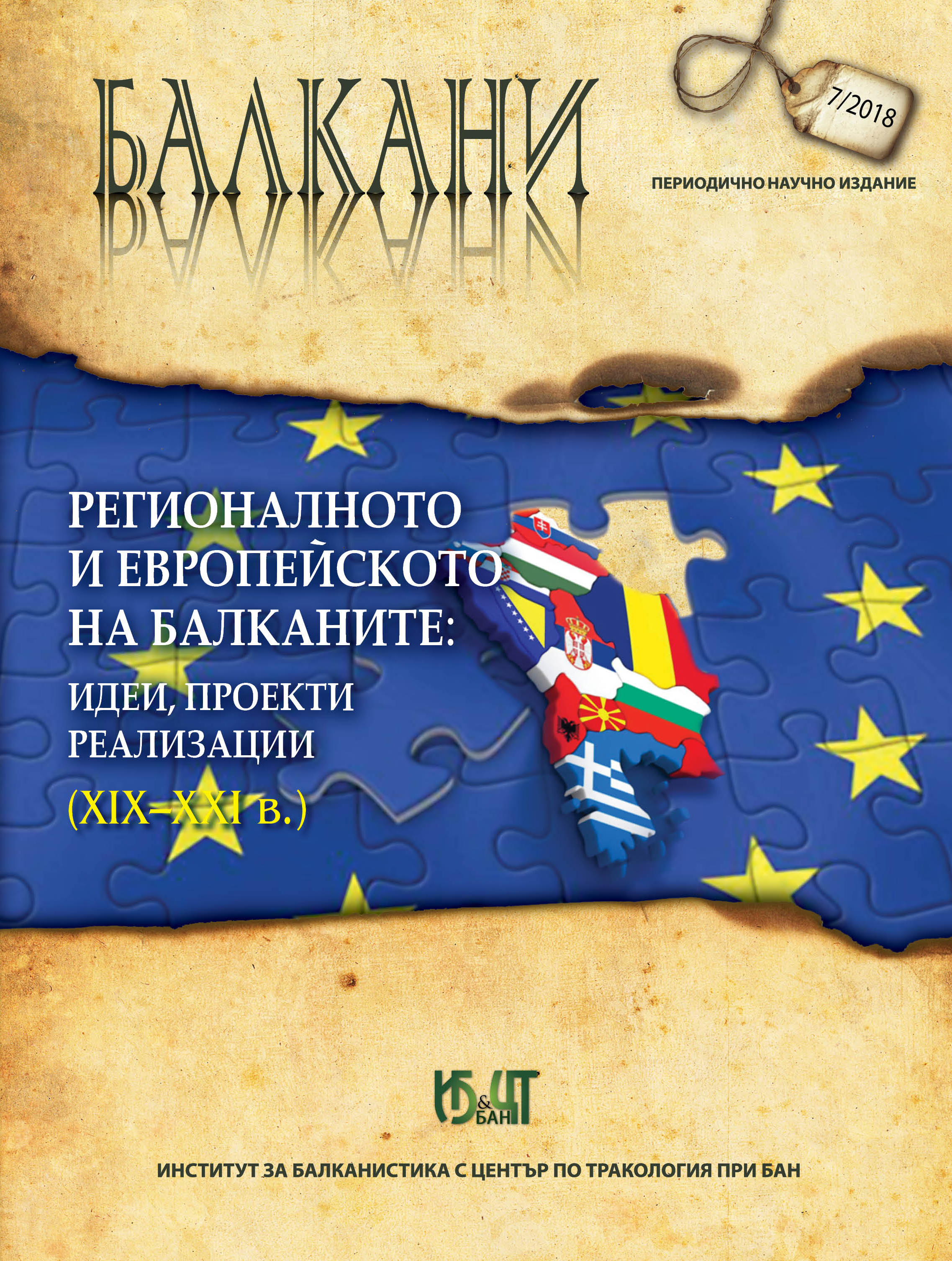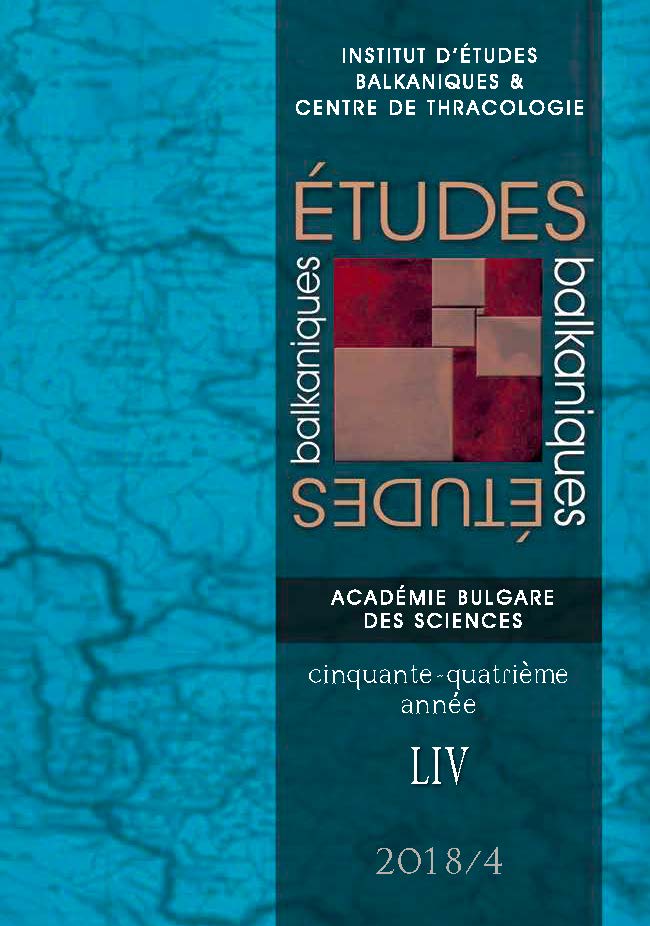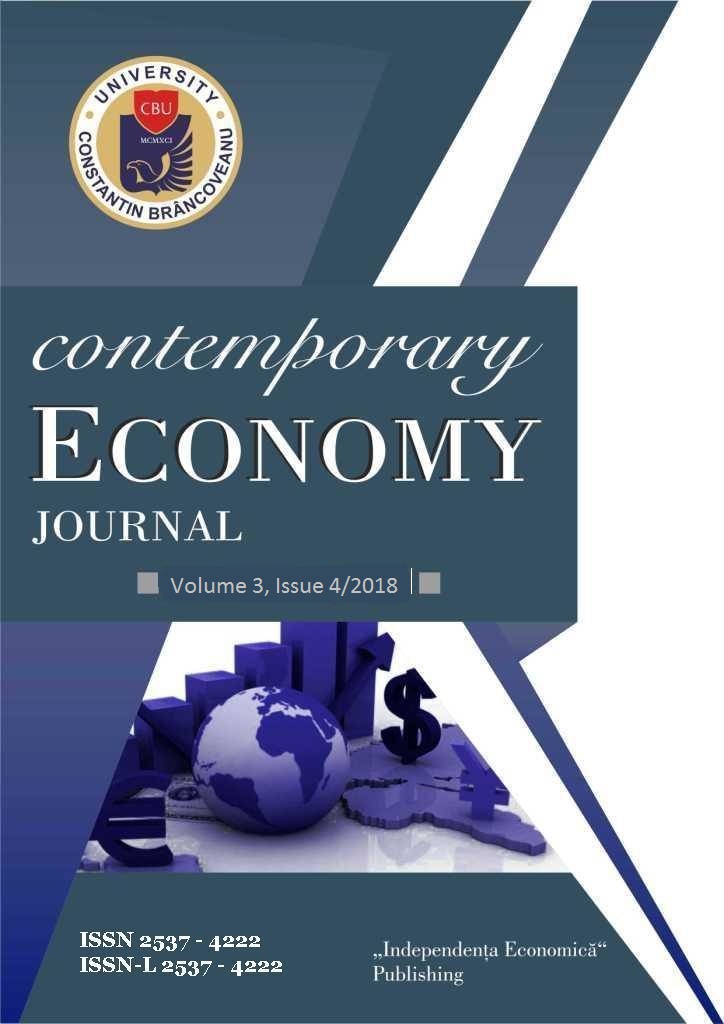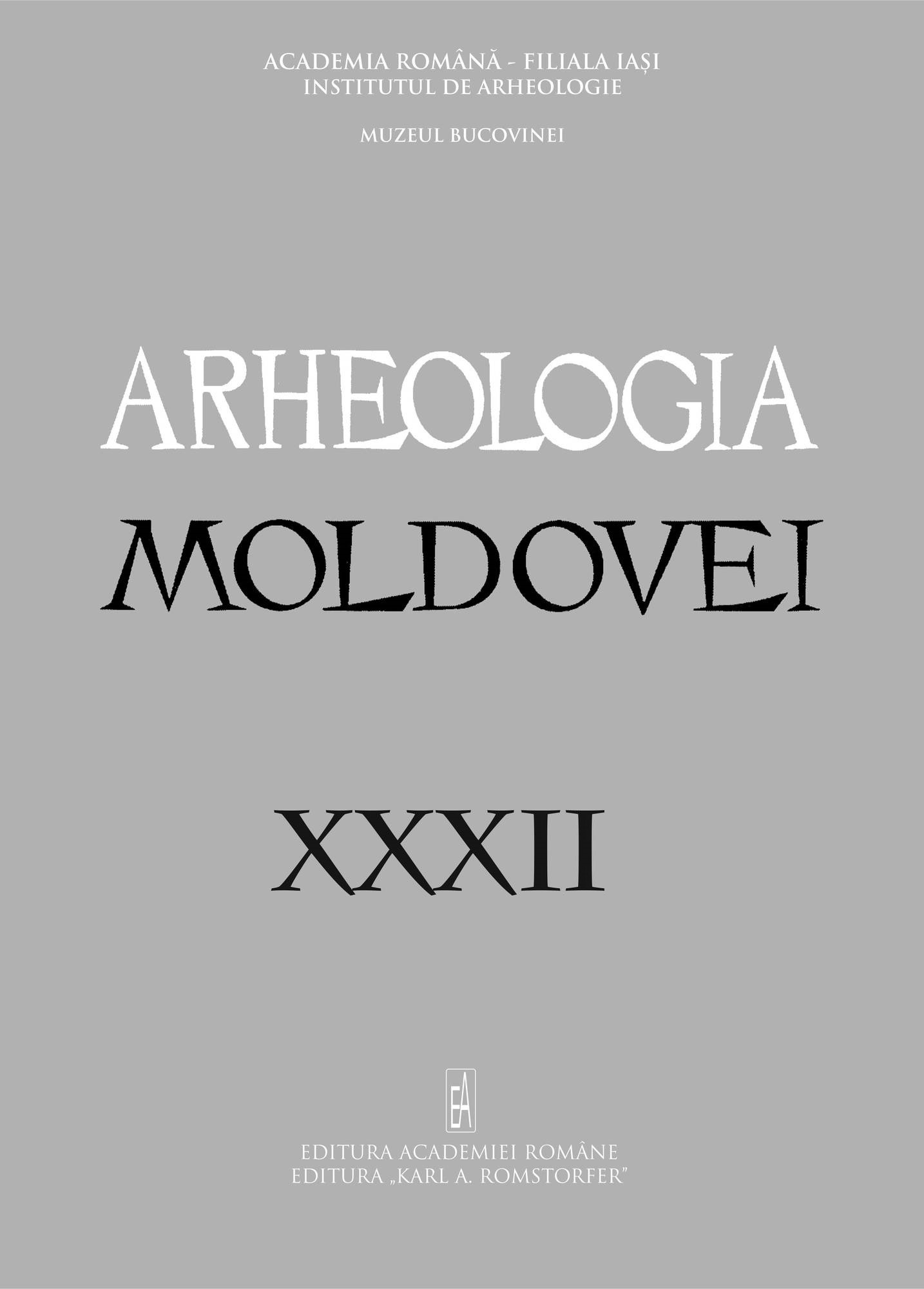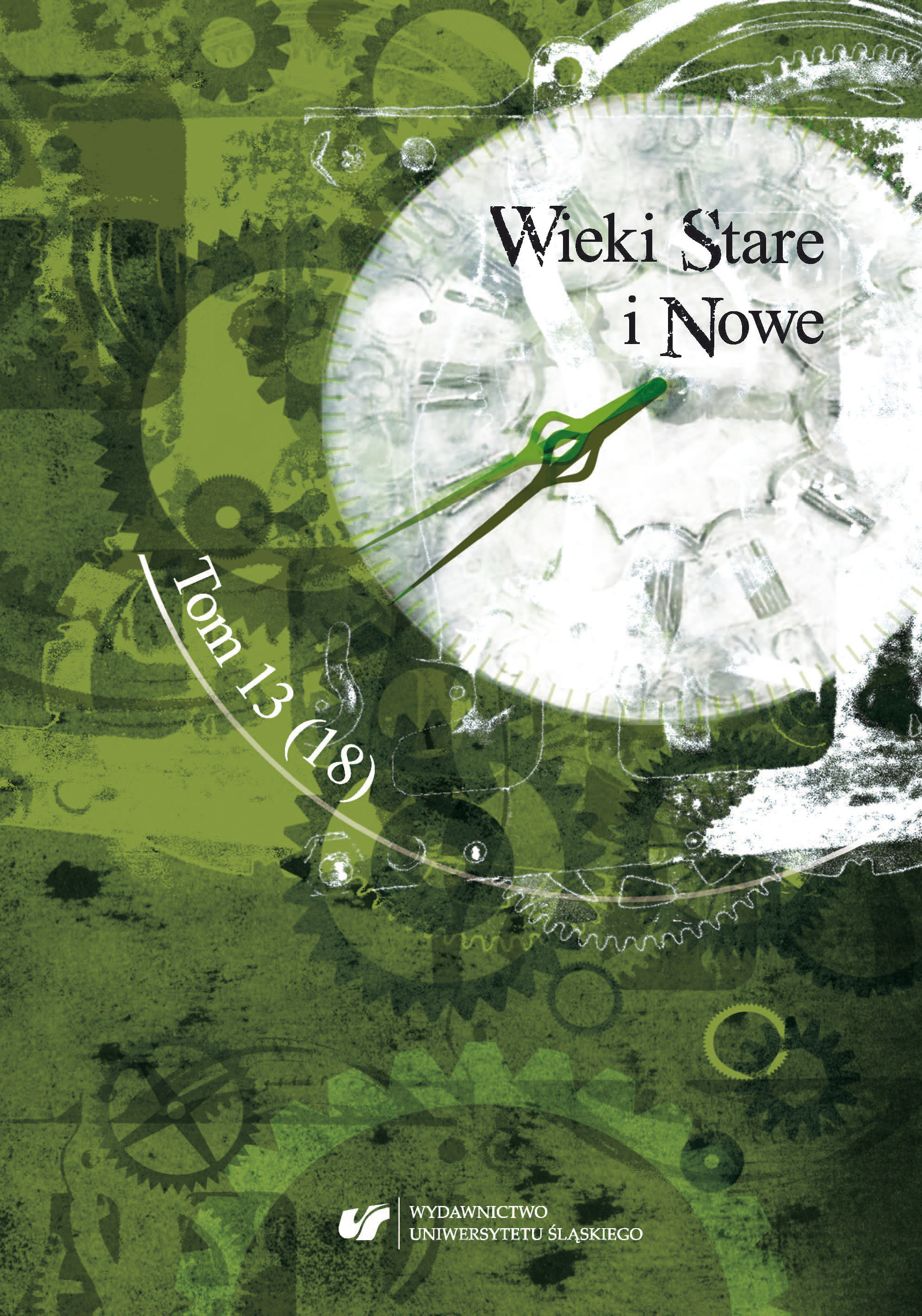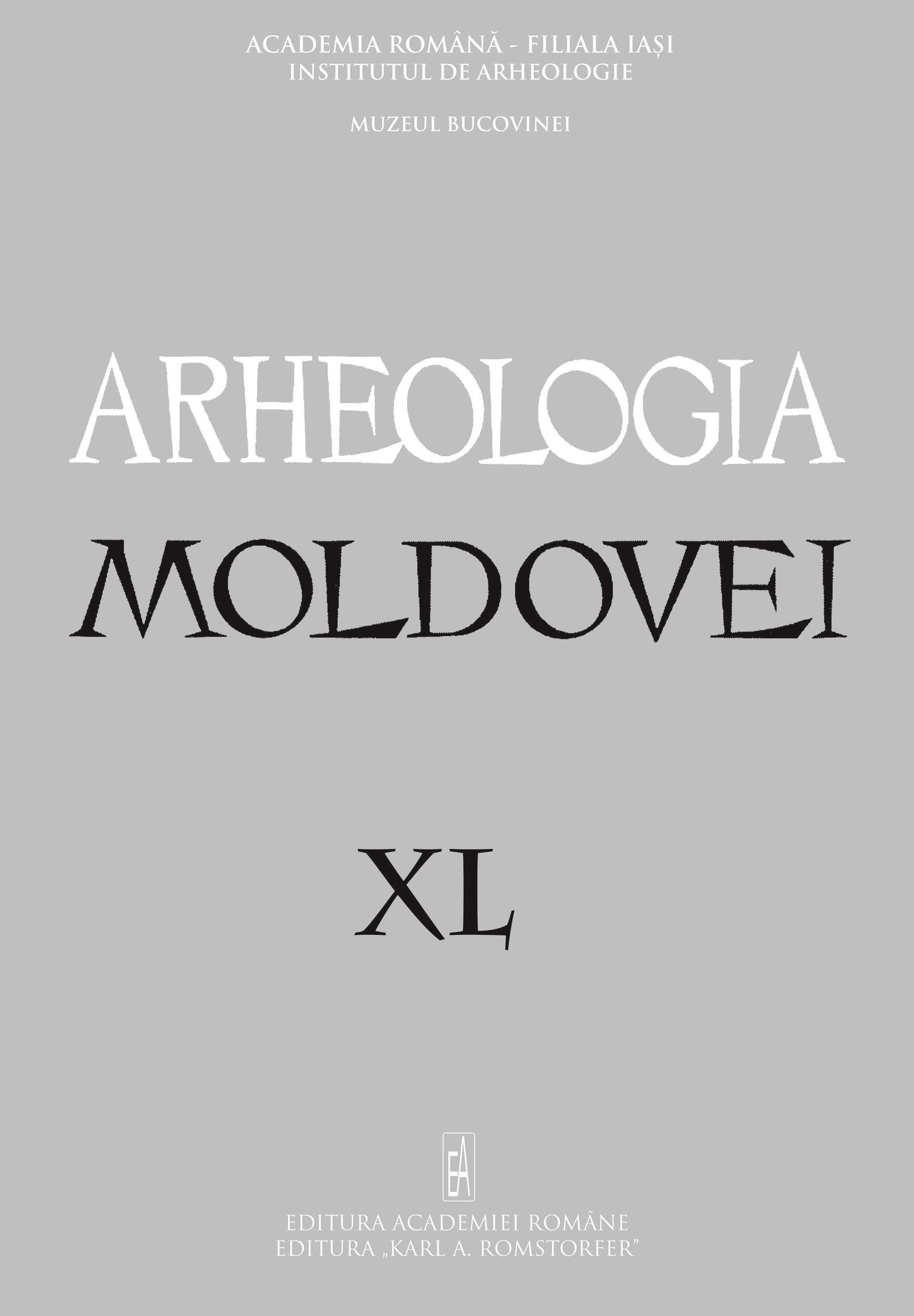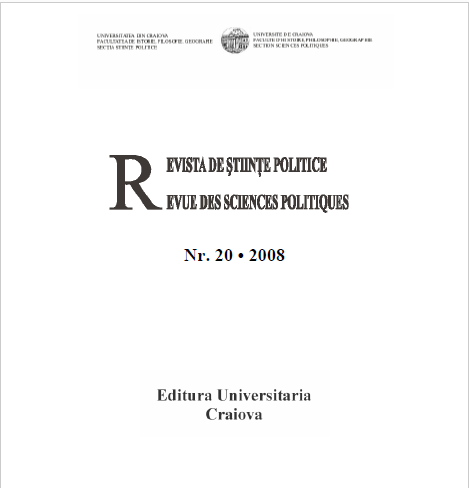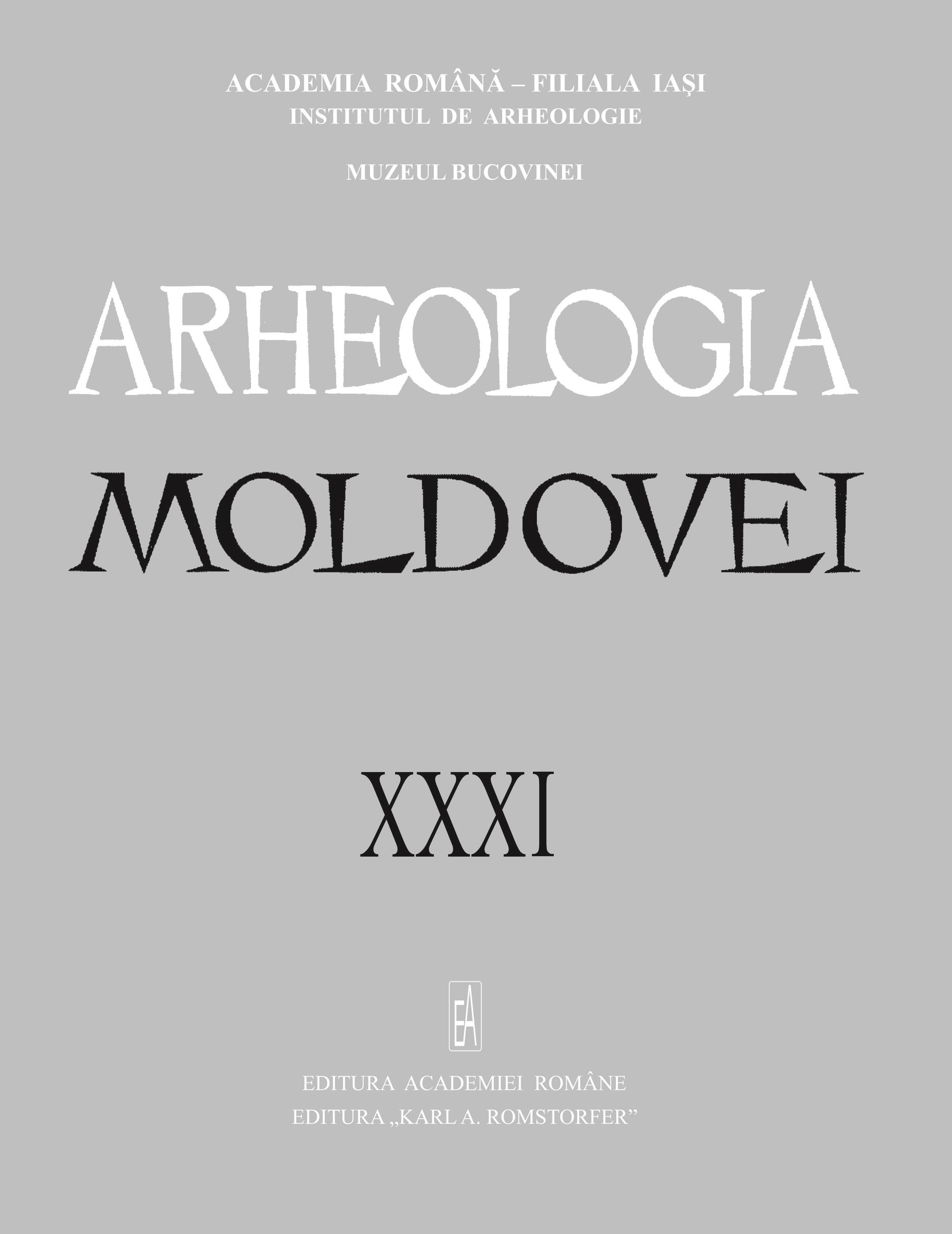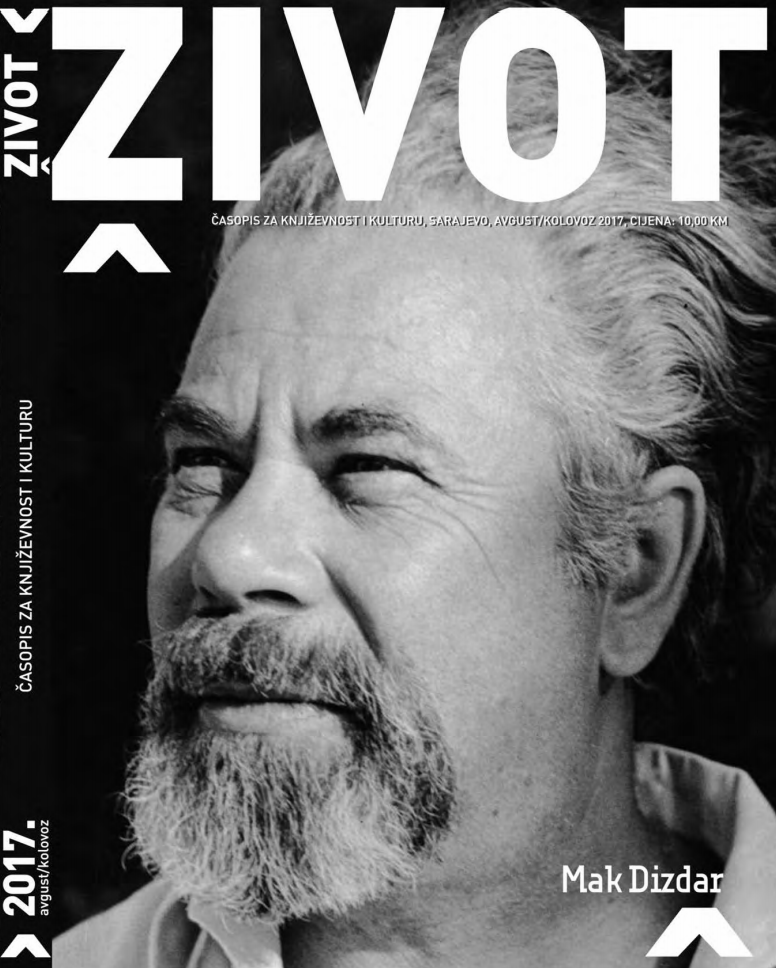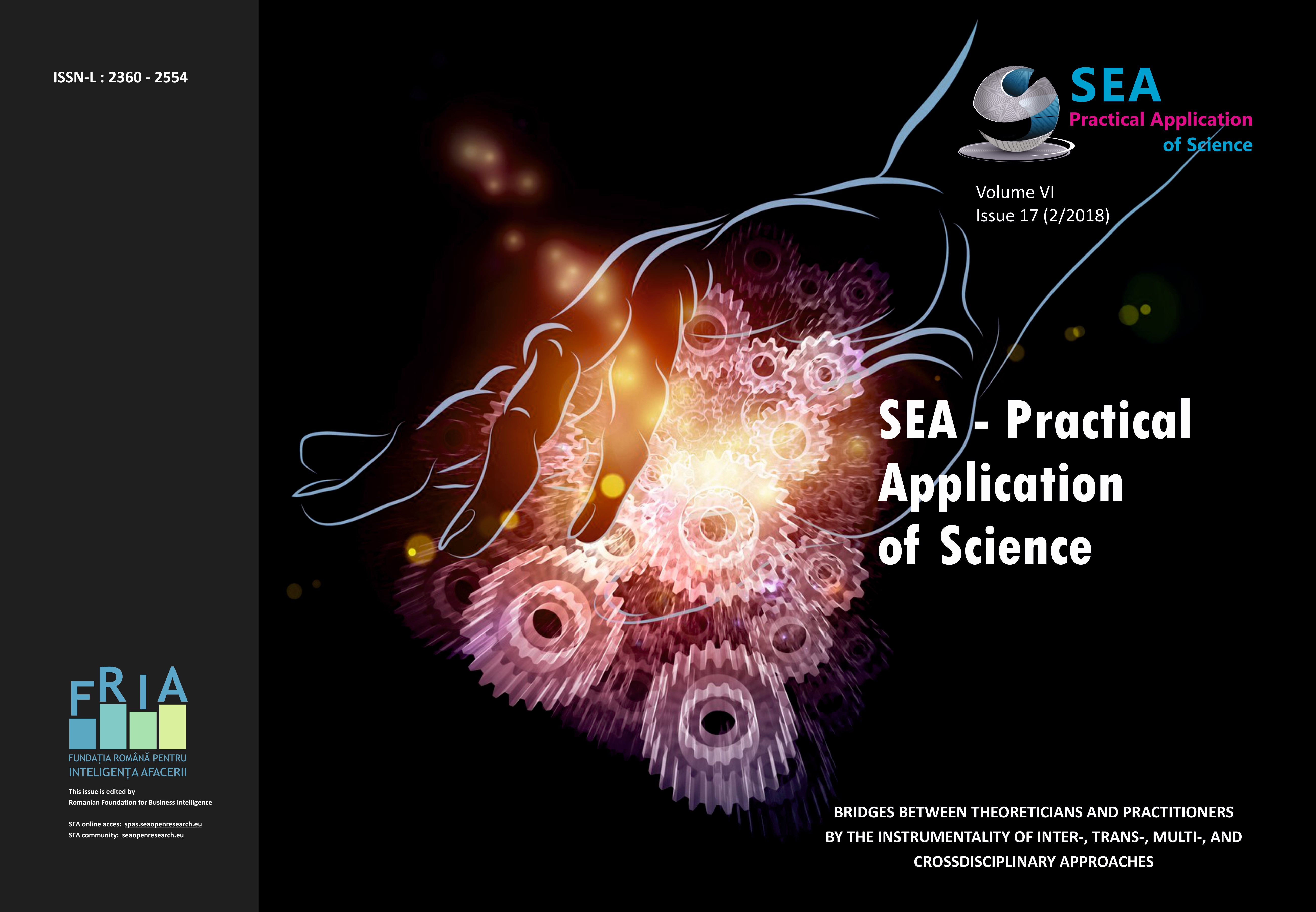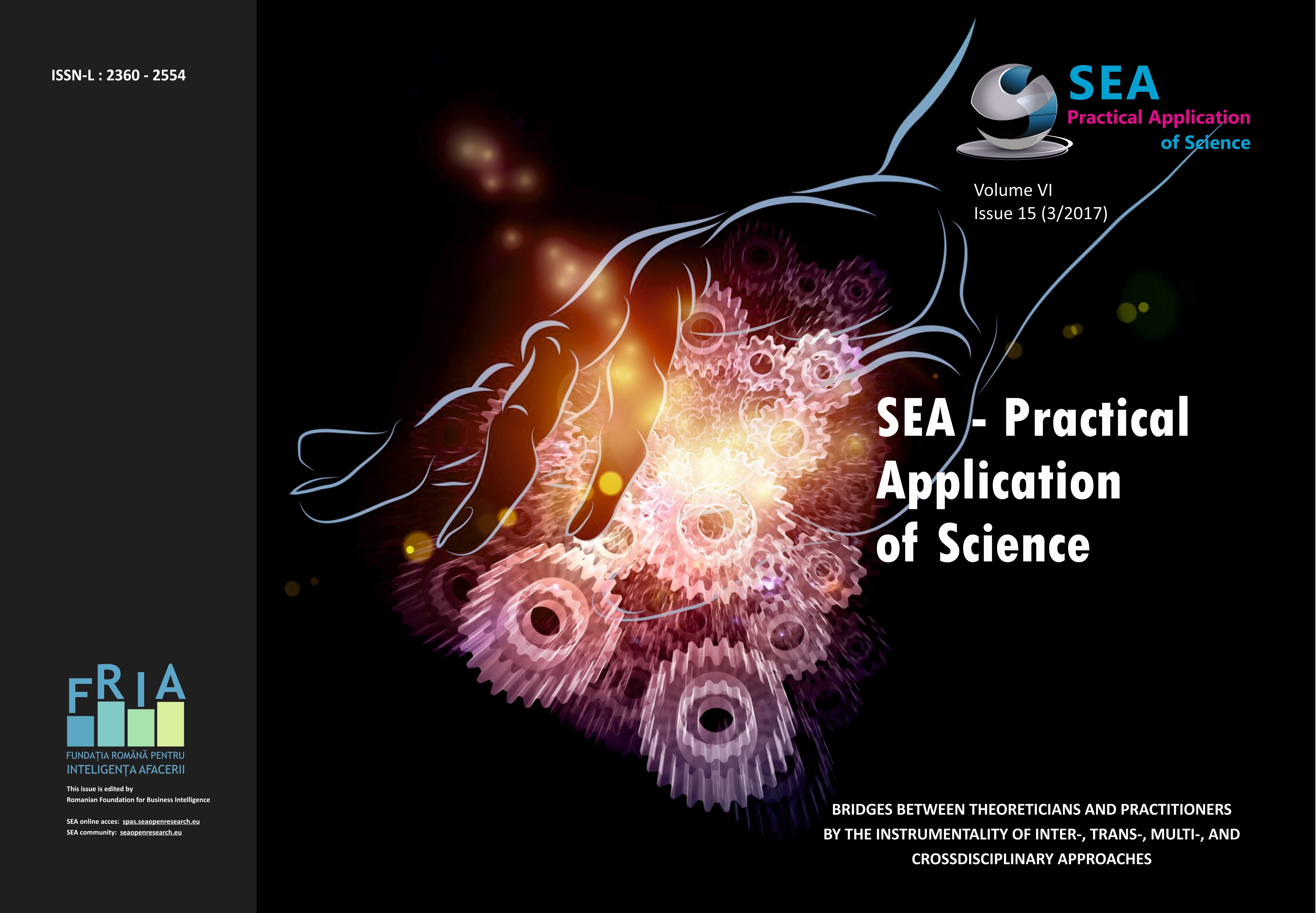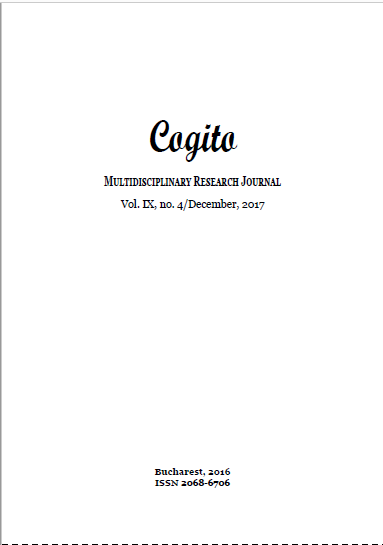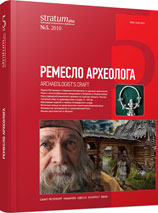
Кожевенное сырье, техническое обеспечение его выделки и сортамент кож средневековой Руси
Consideration of the raw-material base for urban leather-working crafts is an important constituent for evaluation of and conclusions on the development of this trade in mediaeval Russia. In recent years, it has become clear that the volume of sources for studies of leather-dressing is remarkably extensive and is continuing to expand due to publication of new archaeological and documentary evidence. Today, these sources allow us to arrive at certain conclusions as to the level of advancement of the handicrafts of mediaeval Russia at different historical stages.The present paper discusses all the terms and names concerned with leather-dressing raw materials, methods of their procurement and storage and the technique of their processing. Here the terminology is applied from a wide circle of Russian written sources which appeared during the mediaeval and recent periods, as well as from ethnographic records of the 19th–20th centuries. In addition, information of the written documents is compared with the archaeological evidence in order to define more particularly separate terms and names concerned with leatherdressing raw materials.The synthesis of all the written accounts available on leather-working raw materials and the evidence of many archaeological collections yielded by excavations of mediaeval towns of Eastern Europe allows us to distinguish four stages in the development of the Russian mediaeval urban handicraft.
More...
